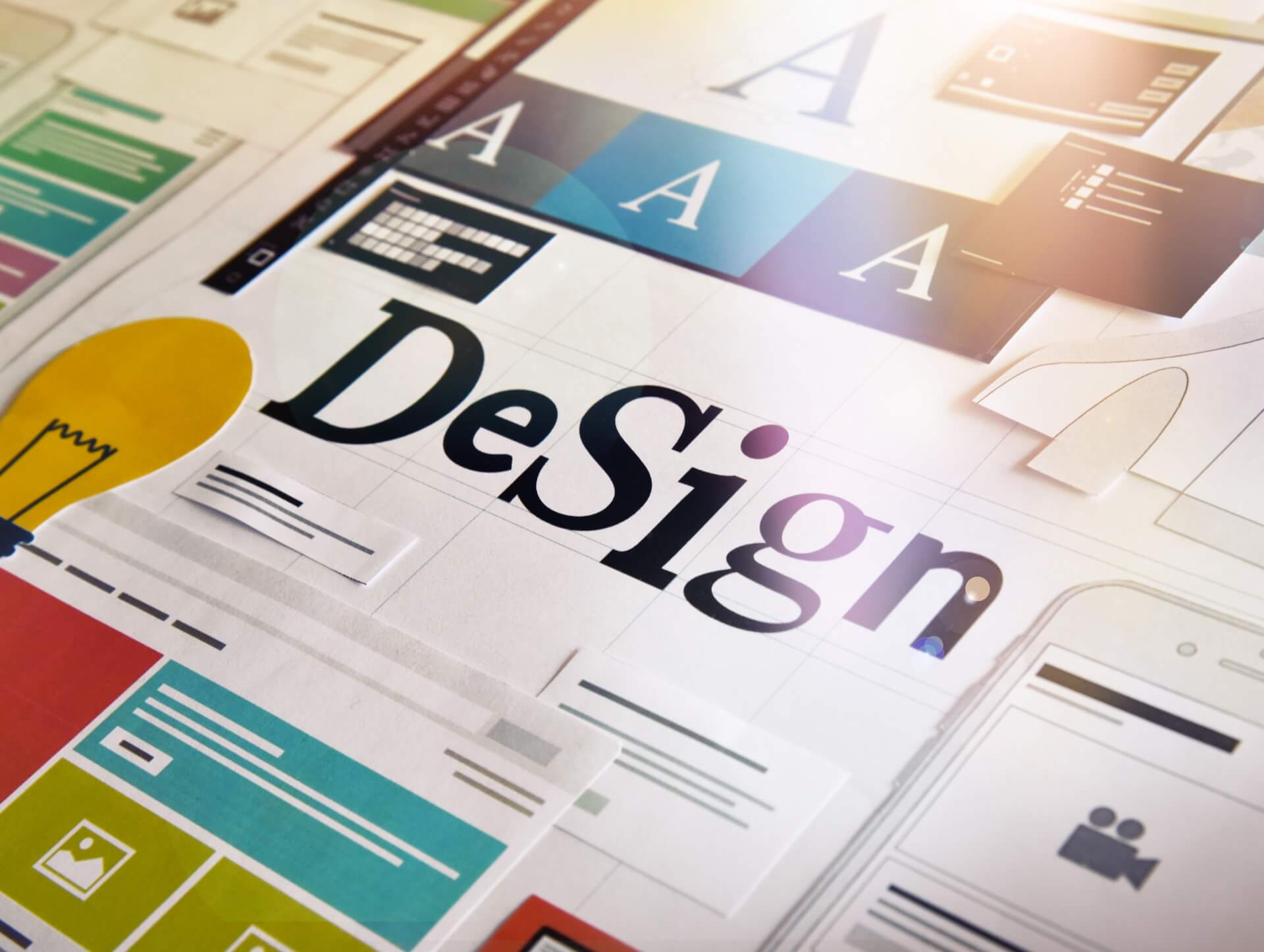The role of empathy mapping in collaborative design processes

06/09/2023
In the world of graphic design, creating a strong brand identity and custom designs is crucial for businesses to stand out in the market. However, achieving brand consistency and delivering effective visual solutions can be challenging without proper collaboration and understanding of the target audience. This is where empathy mapping comes into play. Empathy mapping is a powerful tool that helps designers gain a deeper understanding of their audience's needs, emotions, and motivations, ultimately leading to more effective design outcomes.
What is Empathy Mapping?
Empathy mapping is a technique used to develop a deeper understanding of the target audience by putting oneself in their shoes. It involves creating a visual representation of the audience's thoughts, feelings, needs, and desires. By empathizing with the audience, designers can create designs that resonate with them on a deeper level.
The Benefits of Empathy Mapping in Design
Empathy mapping offers several benefits when incorporated into the collaborative design process:
- Improved Understanding of the Target Audience: Empathy mapping allows designers to gain a deeper understanding of their target audience, including their pain points, desires, and preferences. This understanding helps designers create designs that truly resonate with the audience.
- Enhanced Design Decision-making: By empathizing with the target audience, designers can make more informed design decisions. They can prioritize design elements that are most important to the audience and tailor the design to their specific needs.
- Increased Design Effectiveness: Designs created with empathy mapping in mind are more likely to be effective in achieving their intended goals. The designs will be more relatable, engaging, and impactful, leading to better results for the brand.
- Strengthened Brand Identity: Empathy mapping helps designers create designs that align with the brand's values and personality. This strengthens the brand identity and improves brand recognition.
The Process of Empathy Mapping
The process of empathy mapping involves four key steps:
1. Collecting Research and Data
The first step in empathy mapping is to collect relevant research and data about the target audience. This can include conducting surveys, interviews, and focus groups, as well as analyzing market research and competitor analysis. The goal is to gather as much information as possible to inform the empathy mapping process.
2. Identifying the Audience Persona
Once the research and data have been collected, designers need to identify the audience persona. This involves creating a fictional character that represents the target audience. The persona should include demographic information, such as age, gender, location, and occupation, as well as psychographic information, such as interests, values, and motivations.
3. Creating the Empathy Map
With the audience persona in mind, designers can now create the empathy map. The empathy map is divided into four quadrants: "Think," "Feel," "Say," and "Do." In each quadrant, designers should jot down key insights and observations about the audience's thoughts, feelings, words, and actions.
4. Analyzing and Applying Insights
Once the empathy map is complete, designers need to analyze the insights and observations gathered. This involves identifying patterns, commonalities, and areas of opportunity. Designers can then apply these insights to their design process, ensuring that the final designs are tailored to the audience's needs and preferences.
Integrating Empathy Mapping into the Design Process
Empathy mapping should be integrated into the design process from the very beginning. Here's how it can be incorporated:
1. Design Consultation
During the design consultation phase, designers should work closely with the client to understand their target audience and business goals. By conducting interviews and gathering information, designers can develop a strong foundation for the empathy mapping process.
2. Creative Collaboration
Empathy mapping is a collaborative process that involves the entire design team. By bringing together different perspectives and expertise, designers can create more comprehensive empathy maps that capture a wider range of audience insights.
3. Ongoing Creative Support
Empathy mapping is not a one-time activity. Designers should continuously update and refine their empathy maps as they gather new data and insights. This ongoing creative support ensures that the designs remain relevant and effective.
4. Unlimited Revisions
Empathy mapping allows designers to anticipate potential design challenges and address them early on. By incorporating unlimited revisions into the design process, designers can ensure that the final designs meet the audience's needs and expectations.
Conclusion
Empathy mapping is a valuable tool in the world of graphic design. By understanding the target audience on a deeper level, designers can create custom designs that truly resonate with them. The collaborative design process, combined with empathy mapping, leads to stronger brand identities, more effective designs, and ultimately, better results for businesses. Incorporate empathy mapping into your design process and see the difference it can make.
Contact us

Spanning 8 cities worldwide and with partners in 100 more, we’re your local yet global agency.
Fancy a coffee, virtual or physical? It’s on us – let’s connect!

